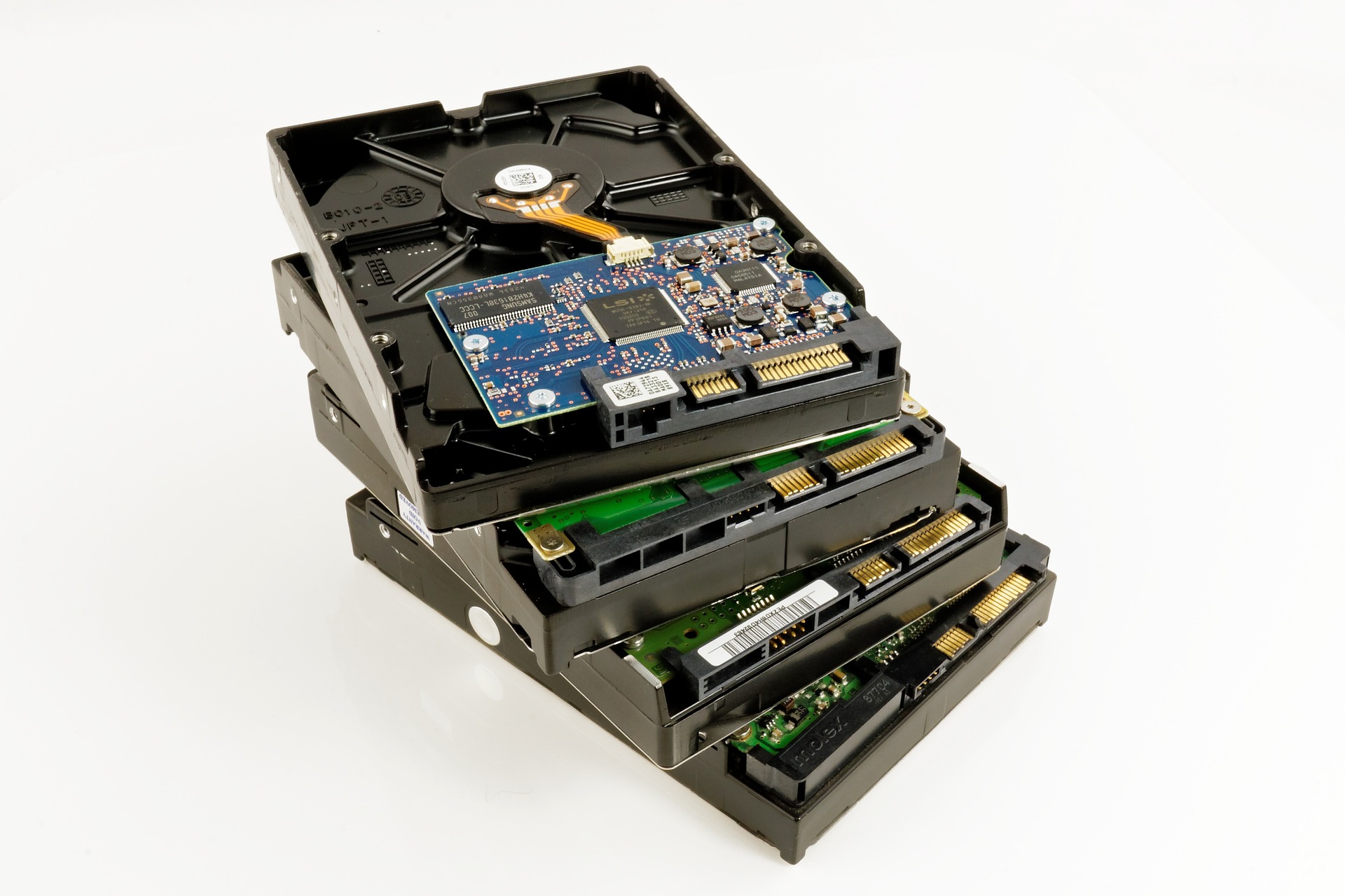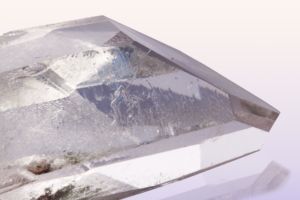The advent of the semiconductors as it pertains to electronics has been nothing short of revolutionary. Specifically, semiconductors have enabled the processing of large amounts of data in smaller devices. This has effectively downsized computing technology into smartphones, and greatly reduced the space taken up by electronics in just about every facet. However this rapid advance in technology did not come without a heavy cost.
Silicon is a chemical element with the symbol Si and atomic number 14
The key chemical element, silicon (Si) that enabled this technological revolution creates quite an environmental impact in the entire supply chain, and scientists have been looking for viable alternatives to silicon. In this blog post we will explore:
- Why Search for Alternatives to Silicon
- Potential Alternatives to Silicon: Graphene
- Gallium Nitride as an Alternative to Silicon
- Potential of Perovskites
- Acknowledging the Past and Moving Forward
Why Search for Alternatives to Silicon
It turns out, these advances have not come without a cost. The primary material used to design these electronic devices, silicon, is of troublesome origin on two fronts. The first being the immense social impact it has had on countries where it is abundant. Large electronics manufacturers and corporations have rushed into these regions, bringing with them economic opportunity. However, the opaqueness of this supply chain is a large issue.
The second major impact produced by silicon mining and manufacturing is its damage to the environment. This impact comes primarily from the mining process, while amplified in the manufacturing of electronic devices. Pure silicon does not naturally occur, so its formation must be induced artificially, leading to the creation of carbon monoxide. Other rare earth mining operations produce environmentally harmful waste.

Electronic components, like the ones pictures above, rely on silicon for conductivity. Silicon is present in most electronic devices, but it has an opaque and largely unregulated supply chain.
The largest producers of silicon such as China, Russia and the United States have slightly more oversight into their production methodologies. However, the smaller, less regulated markets do not afford this insight into labor conditions or safety standards. In fact, even China and Russia have somewhat questionable policies regarding silicon harvesting that have come under attack. The inherent hazardousness of harvesting silicon poses a health risk for all those involved in its harvest, as well as to the environment. For example, excessive exposure and inhalation of silicon dust during mining causes Silicosis. Workers in silicon mines very commonly experience this disease and the host of negative effects associated with it.
While many businesses in these areas routinely neglect health concerns of this nature, science and technology have made advances that could offer reliable Alternatives to Silicon.
Potential Alternatives to Silicon: Graphene
The same research that has produced this conundrum can also solve it. The proliferation of semiconductor technology in everyday life has linked photonics and material sciences, making them integral to electronics engineering. New research aims to produce materials that are less problematic in these terms and can become viable alternatives to silicon. In this blog post we will discuss the various methods people are using to make more sustainable semiconductor materials.

Pictured above is a large quartz crystal that looks somewhat similar to crystalline silicon, before it is processed into electronic materials.
Graphene is a 2D material with an enormous amount of flexibility in terms of how it can be formed. The potential applications of graphene are vast, ranging from medicine to solar energy, to sensing technology. The most pertinent use is certainly in electronics. Graphene is the most conductive material that material researchers know of. Microchips that use graphene can sustain many more transistors than commonly used materials like silicon. This alone will make electronics more efficient. The real benefit that graphene can provide is in the elimination of carbon created in silicon refinement.
At one point, graphene was immensely more expensive. With improvements to chemical vapor deposition, producing graphene is cheaper than ever before. Another key photonic advancement in 2D materials is the pulsed molecular beam epoxy. Molecular beam epoxy (or epitaxy) can deposit thin films, promoting the growth of single crystal layers.
Graphene has a distinct ability to replicate complex materials in a more cost-efficient manner. One example of this is the production of gallium nitride, which is a popular replacement for silicon in electronic devices.
Gallium Nitride as an Alternative to Silicon
While gallium nitride has a better performance in high energy and high heat applications than silicon, it is extremely cumbersome to produce incurring significantly higher financial costs. Graphene has shown great promise to fix this issue. One of graphene’s outstanding properties is its ability to take on the characteristics of other materials.
Its two-dimensional nature has allowed researchers to replicate an expensive film of gallium multiple times over onto a film of graphene. This further emphasizes the usefulness of graphene as a solution for sustainable electronics manufacturing. Graphene may have limited applications in microchip production, but it can still cheaply replicate more efficient materials.

Solar cells are largely made from silicon, but more and more research is being done to create more sustainable photovoltaic materials.
In its present form, transforming gallium into gallium nitride with graphene is prone to defect and not entirely scalable. However, as gallium nitride progresses, new designs will emerge. With their applicability to high heat electronics, these applications will not be as problematic as they are with silicon. Silicon is still vital to the production of its own replacements. Even still, there is plenty of headway to increase the efficiency of silicon electronic devices, if not to replace them.
Potential of Perovskites
Perovskites are another material that pose a threat to silicon dominance, but in the field of solar energy and photovoltaics. The laser refinement process that creates monocrystalline or polycrystalline silicon is much more tolerant to imperfections with perovskites. Silicon must be of a much higher standard to perform these tasks than perovskites.
Perovskites’ key limitation is that it is not stable enough for mass production in commercial quantities. Many variables can cause damage or imperfections that must be smoothed out before perovskite is deployed in masse for solar energy cells.
Acknowledging the Past and Moving Forward
While silicon is a key element that likely won’t be replaced any time soon, the world is making progress to wean itself off the material. We feel the good caused by silicon’s in every day life. However, it is important to acknowledge the harms caused by the material as well. Thus it becomes increasingly more important to search for potential alternatives to silicon.
The goods we enjoy, whether it be a smartphone, a cup of coffee or even electricity, come at an immense cost to people and environments around the world. This manifests itself as climate change and also as damage to the resource-rich communities that supply us these materials. It is vitally important that the companies profiting from these materials use the technological privilege afforded to them to reach a point of sustainability. It is a net negative for the beneficial technology we have created to come at such a great cost to those unable to experience the benefits. A more inclusive environment will allow for more people to partake in this progress, and foster more creative and extensive research from communities around the world, instead of in small concentrations.
This post was sponsored by RPMC Lasers, Inc. - US leader in laser solutions for various applications

Silicon is everywhere around us but is always bonded to oxygen to form quartz and other minerals. It is refined by heating sand in the presence of carbon. Only a small highly purified portion of that output is used for creating semiconductors. The silicon is just the substrate on top of which semiconductors are made by introducing miniscule amunts of dopants – commonly gallium (safe) and arsenic (poisonous) but also other elements, some of which are hard to refine. It is those elements referred to as rare earth elements (which they are not, just hard to find in significant concentration) that are the problem. We are looking for alternatives to silicon not because there’s something wrong with it but because we want something that is even better for producing integrated circuits.
Actually quite remarkable leaps have been made to improve the scalability of perovskite solar cells by replacing their electron transport layers (ETL) with a thin layer of quantum dots. There are a few labs looking into this including The Swiss Federal Institute of Technology Lausanne.